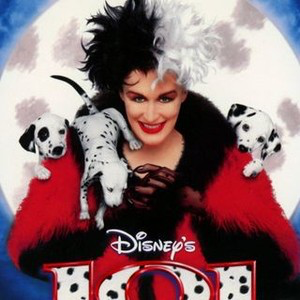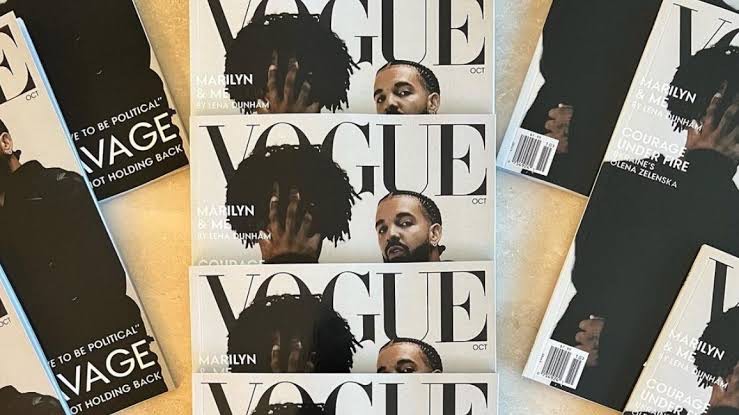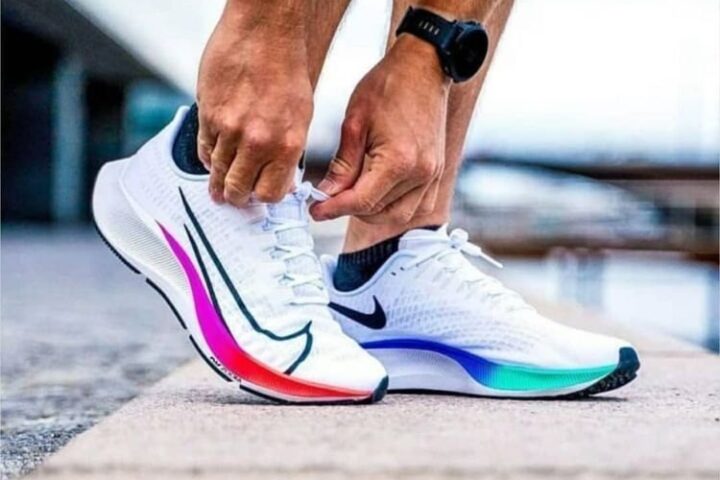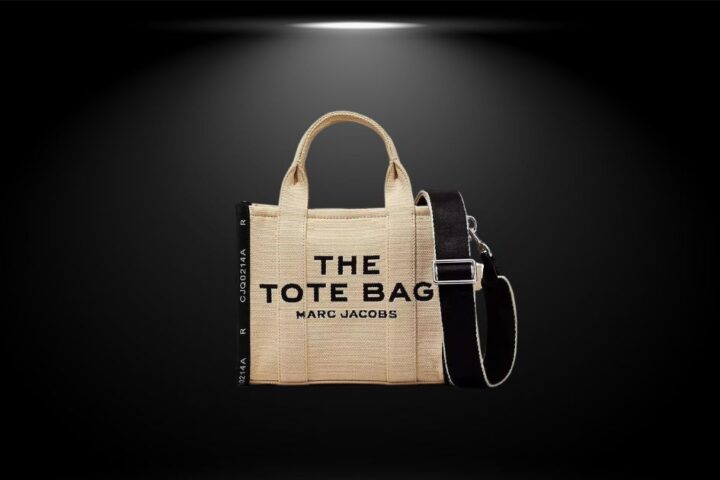INTRODUCTION
Fur can be often recalled as the insignia of wealth, when it comes to fashion and decadence Fur has had an outlandish history, prominent fashion houses were once started as an exclusive fur boutique and they were a runway staple for a long time till they weren’t. Fur became unpopular in the early 2000’s due to its environmental disadvantages and cruel processing methods. Fur and fashion has had a tumultuous relationship over time resulting lastly in stark regulations in various different nations over its use and procurement.
Fur and fashion have a long standing relationship, it is revered as a warm and luxurious staple since it was one of the first materials used for creating clothes. Till date fur has been a crucial manufacturing component in coats, jackets, parkas, capes and shoes. Animals like minks, beavers, dogs, cats, coyotes, wolves, and foxes among others are brutally captivated and slaughtered for creation of a pretentious piece of luxury[1].
Disney’s 101 Dalmatians didn’t just introduce us to a childish adventure of puppies but also highlighted the objectionable obsession of the fashion industry with fur. The illustrious Cruella de Vil was plagued with an unholy obsession for dalmatian fur which ultimately led to her deposition. The Disney Animated tale taught us about the cruel ways in which innocent animals are gathered for fur procurement and how hundreds of animals are sacrificed in lieu of making a fashion statement.
India amended its trade policy to undertake many ecological endeavors including a ban on the import of several exotic animal skins and furs.
Fur controversies in real time
Nowadays, buying and wearing fur clothes is cruel and unnecessary. Every year, millions of animals are killed to produce fur globally. While a lot of fashion brands decided to go fur-free, many keep using fur to create clothing.
Fur farming on a large scale is not only immoral, but it is also harmful to human health and ecosystems. Animals are used as slaves, commodities, are tortured, and are exposed to dangerous toxins. Brutal husbandry, trapping, and skinning of animals is still far too common in order to create fur for fashion. Given the abundance of moral and environmentally friendly options, this is startling and terrible[3].
According to the Fur Commission, there are roughly 245 mink farms in 22 states that generate about 3.1 million pelts each year. 85% of the fur industry’s skins originate from animals bred in battery cages in fur farms, where animals are robbed of the quality of life[4]. PricewaterhouseCoopers conducted an independent analysis in 2012–2013 on behalf of the International Fur Federation (IFF) (PwC) are revealed that the international trade for fur is worth over USD $ 40 billion[5].
Animal rights organizations such as People for the Ethical Treatment of Animals (PETA) have made several attempts to mobilize the fashion industry and government to boycott fur clothes. No contemporary, civilized society should tolerate animal abuse. Real fur is out of date. It has been on its way out for a while. Its demise has even gone as far as to pressure fashion students to use animal skins in their designs. Many prominent fashion brands have sworn to ban fur from any of its productions; Kering, the world’s second largest luxury conglomerate and owner to brands like Gucci, Balenciaga and Tom Ford has decided to eliminate fur completely from all its subsidiaries by Fall 2022[6]. Other companies and governments have also joined suit, various welfare standards, disclosure policies and venture bans were introduced by countries to significantly reduce fur use.
Moving on to elucidating Fur Fashion, rules and regulations in some countries around the globe to better under the trends and laws simultaneously.
INDIA
In 2017, India amended its trade policy to forbid the import of exotic skins and some furs used to make leather or fur garments and accessories. The trade ministry’s Directorate General of Foreign Trade issued a notification to that effect.
India’s import regulations currently permit the import of “raw hides, skins, leather, fur skins” from reptiles, mink, fox, and other fur animals (whole, with or without head, tail or paws). However, they are governed by CITES and the 1972 Wild Life (Protection) Act of India (the Convention on International Trade in Endangered Species of Wild Fauna and Flora).
CITES is a treaty between nations that tries to ensure that the international trade in wild animal and plant specimens does not endanger the species’ viability.
The Union government had been urged by animal rights organisations to take a strong stance on the matter and ban the trade in unusual skins. Maneka Sanjay Gandhi, the minister of state for women’s and children’s affairs, had earlier addressed a letter to Nirmala Sitharaman, the minister of state for commerce and industry, emphasising the need to stop animal abuse by banning the import of exotic skins.
The requirement to enact the ban was also backed by the Ministry of Environment and Forest and Climate Change (MoEFCC) and the Animal Welfare Board of India (AWBI), India’s central agency for animal welfare.
When it comes to raising animals for clothes, there are two categories of animals that are used.
- Fur- Indians who use and buy fur goods are among the biggest consumers in the world. Before the end of 2018, Indians would have spent more than Rs. 13 billion on fur items, up from Rs. 8.6 billion in 2012.
- Leather- Due to lax governmental enforcement of animal protection regulations, India’s leather industry has been expanding at an alarming rate. India is the second-largest exporter of leather and leather goods in the world, according to a 2014 assessment on the country’s leather sector. Regarding the growth, the government has been encouraging the expansion of the sector by allowing 100% FDI and other programmes for industrial development.
CHINA
China has evolved in recent decades from a nation where its citizens historically manufactured and wore fur on a limited scale in the colder, northeastern extremes to one where fur production has reached a new industrial level of economic growth and national consumption. According to data, 80% of the fur clothing made in China is bought and worn domestically. The millennial generation in China, which comprises people born between the 1980s and 2000, is mostly responsible for this figure. They are the largest market for fur in the world in a nation with 1.4 billion people. Fur fashion in China has a tendency to define the global value of fur as well as to promote and maintain the global fur business due to their combined purchasing power.
There is very little legislation around fur farming that is enforceable by law in China. There are no penalties for businesses that do not follow suggested standards outlined by legislation. Animal welfare standards are apparently given very little consideration in breeding or slaughtering animals, and the cheapest methods tend to be most common.[7]
In Europe and North America, the media frequently covers criticisms of the fur trade, including animal cruelty, environmental damage, and health hazards to both fur workers and customers. Many luxury fashion brands, like Gucci, Versace, Chanel, and Michael Kors, have lately pledged to a future where their clothes are free of fur since the manufacture of fur is becoming harder to justify in a world that is more aware of its own sustainability. Fur is still produced in China despite the market’s premium end experiencing a shift.
The Fur Free Alliance (FFA) has a programme called Fur Free Retailer (FFR) that makes it easier for customers and merchants to find companies that support fur-free trends. Currently, over 1,000 merchants globally, including about 30 Chinese businesses, have committed to a fur-free future. As high-profile firms try to convince clients that there is no place for cruelty in their business, the number of devoted fashion brands and shops has been expanding quickly recently.
THE UNITED STATES OF AMERICA
The Fur Commission USA claims that state agriculture departments oversee fur farms. However, there aren’t many specific guidelines guiding such regulation; they typically just designate fur farming as a “agricultural pursuit” and categorise the animals as domestic or livestock.
Following the signing of two legislation on Saturday by the governor, Gavin Newsom, California became the first US state to prohibit the sale and manufacture of new fur items and the third to ban the majority of animals from circus acts.
Beginning in 2023, the law prohibits citizens from buying, selling, or producing fur-covered apparel, footwear, or purses. Animal rights organisations applauded the law for taking a stand against cruel practises. The billion-dollar US fur business vehemently opposed the measure, and the Fur Information Council of America had sternly said that they would sue.
Moreover, there are Rules and Regulations under Fur Products Labeling Act that provide that retailers and manufacturers of fur items label fur products with specific information, such as the name of the animal, the manufacturer’s name, and the nation of origin of the garment. This helps consumers make educated purchasing decisions.
Author:
Yashodhara Raina
Viraja Shah
[1] Bridget Polly, Zargani, et al, ‘The Fur Debate’, Women’s Wear Daily, 2018. https://wwd.com/fashion-news/fashion-features/the-fur-debate-1202660445/
[2] 101 Dalmatians, Walt Disney Pictures, 1961.
[3] Emberley, Julia. The Cultural Politics of Fur. New York: Cornell University press, 1997. Print.
[4] Inside the Fur Industry: Factory Farms, PETA.com; https://www.peta.org/issues/animals-used-for-clothing/animals-used-clothing-factsheets/inside-fur-industry-factory-farms/
[5] China’s fur trade and its position in the global fur industry, Act Asia. actasia.org
[6] Kering Goes Entirely Fur Free, Kering.com; https://www.kering.com/en/news/kering-goes-entirely-fur-free
[7] (2023). Retrieved 18 January 2023, from https://www.actasia.org/wp-content/uploads/2019/10/China-Fur-Report-7.5.pdf









